Unlock the Magic in Your Story Now
Get the Free 20 questions to Ask Before Launching Your Idea workbook when you sign up for occasional updates.
Get the Free 20 questions to Ask Before Launching Your Idea workbook when you sign up for occasional updates.
Articles filed in: Strategy
Design For The Outcome You Want
filed in Marketing, Storytelling, Strategy
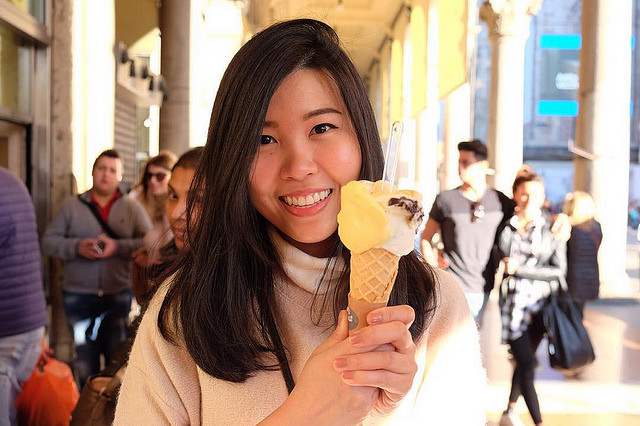 Susan is the VP of Sales at a large company. She’s more than a little frustrated that her sales team keep selling legacy products to customers and don’t make the effort to introduce new product lines to them instead. Of course it’s easier for the sales guy to earn his bonus by filling repeat orders than it is to spend valuable time educating customers about what’s new and what the future might look like. And so the cycle perpetuates because of the way the sales team is compensated and rewarded.
Susan is the VP of Sales at a large company. She’s more than a little frustrated that her sales team keep selling legacy products to customers and don’t make the effort to introduce new product lines to them instead. Of course it’s easier for the sales guy to earn his bonus by filling repeat orders than it is to spend valuable time educating customers about what’s new and what the future might look like. And so the cycle perpetuates because of the way the sales team is compensated and rewarded.
Joe is an electrician, he has four children and his wife works full time, so he purposely doesn’t work 9 to 5. He’s designed his business to serve people who need an emergency call out service that operates after hours, when all of the other electricians in his area have gone knocked off for the day. Joe’s mobile phone number is the most visible thing on his website and that, along with his hours of operation are the main calls to action. Because of this he only gets relevant calls and doesn’t have to field enquiries from the kind of customers he doesn’t want to work with.
Messina sells the best gelato in Australia, and so they are not short of customers even on a cold winter Wednesday evening. In a world and an area where nobody carries cash, Messina runs a ‘cash only’ payment system in order to keep the lines running smoothly. Every Melburnian knows that if you want the best Salted Coconut and Mango Sorbet in Australia you’ll need to bring cash. In the end the constraints of the system the company has put in place creates a better experience for their customers.
For every action you take in your business, every signal you send and story you tell there will be a reaction from your customers. We often overlook the power the choices we make have to shape what will happen next.
What do you want your customer to do in the moment?
What does he need to know in order to be able to do that?
What systems and processes do you need to put in place to help him?
When you design your business (health care system, company, platform, family and on and on) for the outcomes you want, you not only get them, but your customers and your teams thank you for lighting the way.
Image by Ivano Bellini.
Doing The Maximum
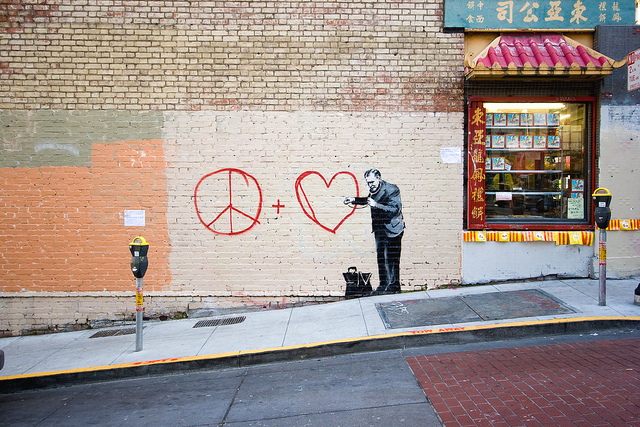 Everywhere you look today you will see people doing the minimum. The cashier at the electrical store processing customers without acknowledgement. The doctor who casually flips through your notes without making eye contact. The lecturer using the ‘death by PowerPoint’ teaching method.
Everywhere you look today you will see people doing the minimum. The cashier at the electrical store processing customers without acknowledgement. The doctor who casually flips through your notes without making eye contact. The lecturer using the ‘death by PowerPoint’ teaching method.
We hardly ever experience someone doing the maximum (like the driver on the route 86 tram to Docklands who cracks a cheesy joke at every stop to brighten your day), and when we do it blows us away.
If you care, you have an obligation to do the maximum.
What does that look like in your business? Did you do that today?
Image by Kanaka Menehune
What’s The End Game?
 Before you pivot.
Before you pivot.
Before you expand.
Before you take on extra staff.
Before you act on conventional wisdom.
Before you panic about the numbers.
Before you say ‘yes’ to something when you really mean ‘no’.
Before you become someone you don’t recognise.
Ask yourself, What was my original intention for this business?
Now write those answers down.
Do the actions you’re taking today, or planning to take tomorrow align with those original intentions? Is where you’re headed next really where you want to go?
Image by The Cool Quest.
The Long Way Round
 In most situations if there’s a shortcut we’re tempted to take it. It’s human nature to conserve energy and take the most efficient route from point A to point B. This makes the business of selling hard, because we are naturally impatient to see signs of success and to avoid nagging doubts about the fear of failure.
In most situations if there’s a shortcut we’re tempted to take it. It’s human nature to conserve energy and take the most efficient route from point A to point B. This makes the business of selling hard, because we are naturally impatient to see signs of success and to avoid nagging doubts about the fear of failure.
When fear gets in the way and we become impatient for results we start to compromise. We hurry to interrupt and make people want things. We ignore the opportunity cost of gaining just one more sale and begin to do things that simply don’t sit well with us. Our marketing should always align with the values we hold true and be respectful of the people it is created for.
We have a choice, one that’s not often talked about in marketing circles, where growth hacking and fast market penetration are the tactics of the day. That choice involves giving ourselves permission and TIME to do things right and creating the buffer that enables us to take the long way round.
Image by Natalie Maynor.
What Your Marketing Needs More Of
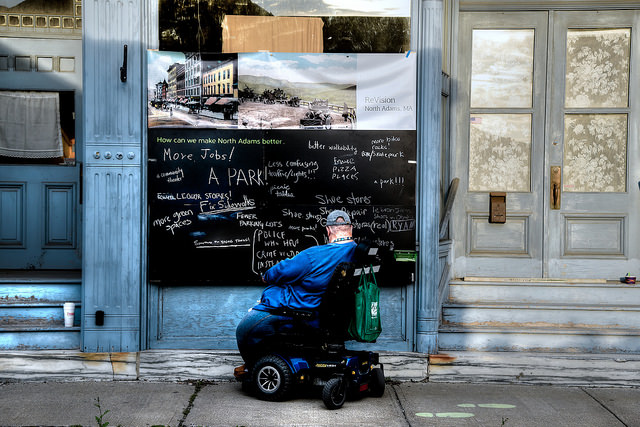 Think of a person you love to be around, someone you have rich and satisfying conversations with. It’s likely your conversations are a two-way exchange including acknowledgement, pauses and even moments of silence. Compare that to how we market to customers.
Think of a person you love to be around, someone you have rich and satisfying conversations with. It’s likely your conversations are a two-way exchange including acknowledgement, pauses and even moments of silence. Compare that to how we market to customers.
We know that the best conversations make room for both parties. Traditional marketing conditioned us to unlearn this. We began to try reaching the masses—’doing’ marketing that simply involved broadcasting, by buying more column inches or shelf space. And so marketing forgot to leave room for the customer to be heard. We stopped inviting our customers into the conversation in meaningful ways. We treated their feedback as a distraction at best and annoyance at worst.
Thankfully that’s changing. Today our customers have a voice and it’s our job to make them part of the conversation again. Because when we listen to and engage with customers our businesses benefit in ways we might never have imagined.
Image by Geoffrey Coelho.
Doing Is Underrated
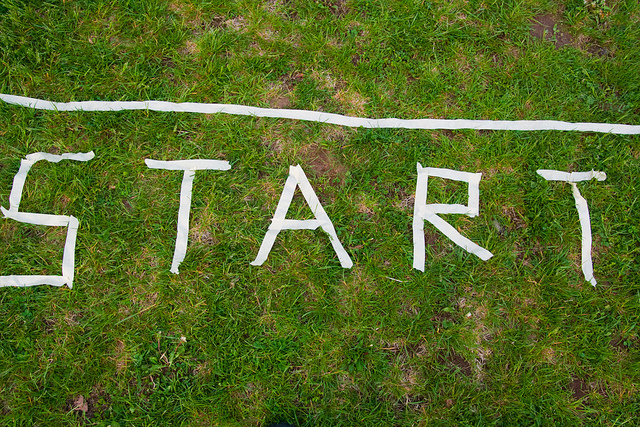 The customer you could follow up with.
The customer you could follow up with.
The survey waiting to be sent.
The product you could trial.
The colleague yet to be contacted.
The copy you could test.
The important observation you might take action on.
Each one is an opportunity to learn something that could change everything.
The GoPro started as a camera wrist strap. Airbnb began with three guests on airbeds in a small apartment. Johanna Basford’s 7 million book sales were made because of a single illustration that was spotted by an editor.
All the plotting and planning in the world can’t compare to the benefits you reap and insights you gain from taking action. An imperfect first step has a better chance of getting you to where you want to go than standing still.
Pick one thing to do and start today.
Image by Steven Depolo.
Where’s Your Magic?
filed in Marketing, Storytelling, Strategy
 The long Sunday morning croissant line at Lune moves slowly and never gets any shorter.
The long Sunday morning croissant line at Lune moves slowly and never gets any shorter.
Not a single person in the queue complains or shoots a frustrated glance at the time that is clearly slipping by.
The servers work slowly, carefully boxing each pastry as if it were made of porcelain. All the while the bakers roll fresh croissants in full view, like performers in an open air theatre playing to the crowd.
The barista comes outside and takes coffee orders as the people further up the line exit with the distinctive custom made box (complete with steam vents in the lid) because of course if you’re going to queue for a $5.50 croissant, you don’t just buy one—you leave with a box full and a story.
My millennial sons become frustrated. They know the assistants could make the line go faster–much faster and yet they seem to deliberately stifle efficiency.
The unspoken truth is that without the twenty minute wait a Lune croissant loses its magic. That line is part of the story. If Lune was open seven days, not just on weekends and if orders weren’t limited to six per customer. If they didn’t sell out and if you could simply walk right in and get served straight way the story wouldn’t be what it is. The scarcity and the story make the product better. The team at Lune understand where the magic happens. Where is yours?
Image by Enrico Sola.
Good To Do Vs. Right To Do
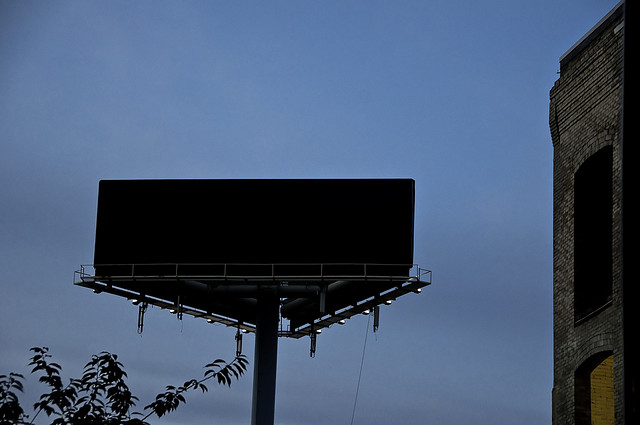 The brand new billboard spanned the four lanes of the freeway that led to the airport. The location was obviously a strategic move, given that the company being advertised was in the travel business. The gorgeous image of a lone traveller in the wilderness had likely been painstakingly chosen by the marketing department in consultation with creative, and then approved higher up the chain of command. The tagline would have worked for any other travel agency, but that fact was offset by a nod to how established the company was. Not many of their competitors could claim to have been in business since 1972. The company’s logo sat in the bottom right hand corner, hovering in the middle of an African savanna.
The brand new billboard spanned the four lanes of the freeway that led to the airport. The location was obviously a strategic move, given that the company being advertised was in the travel business. The gorgeous image of a lone traveller in the wilderness had likely been painstakingly chosen by the marketing department in consultation with creative, and then approved higher up the chain of command. The tagline would have worked for any other travel agency, but that fact was offset by a nod to how established the company was. Not many of their competitors could claim to have been in business since 1972. The company’s logo sat in the bottom right hand corner, hovering in the middle of an African savanna.
There’s no doubt that the creation of this campaign had been a ton of work for many people over weeks and months. Imagine the hours that went into creating it—the strategy meetings, followed by long email trails, the back and forth with all stakeholders until the company had an advert they could be proud of.
After all of that angst and effort how will the team know if it was worth it? How will they know if their billboard has worked? What exactly will be their measure of success?
There’s no doubt that any business owner will feel good as she drives under her billboard at 80km per hour, simply reaching for that feeling is what we have to be mindful of. In business it’s not enough just to do what feels good, if what feels good doesn’t impact either the customer or the business.
It’s important to think in terms of outcomes and impact, not simply tactics that help us to feel like we’re getting somewhere when we’re not. Just because it feels good to do doesn’t mean it’s the right thing to do.
Image by Louis Dallara.
Where Your Brand Story Ends
filed in Marketing, Storytelling, Strategy
 Like the gym in my city you can invest time, energy and considerable resources into telling your story.
Like the gym in my city you can invest time, energy and considerable resources into telling your story.
But the stories your customers tell are what tomorrow’s customers are paying attention to.
Your brand story ends where their stories begin.
The question might not always be, “how many people can we attract or make aware?”
It might be, “how can we make sure our customers are telling the story we want others to hear?”
Image by Andrey Naumov.
Changing Minds And The Decision Timeline
filed in Marketing, Storytelling, Strategy
 When was the last time you switched brands? The reality is we mostly make decisions on autopilot and we don’t often change our minds. When change happens it doesn’t happen in an instant—however hopeful we as marketers might be that it does.
When was the last time you switched brands? The reality is we mostly make decisions on autopilot and we don’t often change our minds. When change happens it doesn’t happen in an instant—however hopeful we as marketers might be that it does.
We know for example, that the transition to bottled water didn’t happen overnight and yet every day we attempt to convince potential customers to switch or choose today, by offering more proof that our brand is different and better.
Changes of opinion and in attitude and behaviour take a very long time. There’s a whole sequence of events and tiny shifts that happen along the decision timeline from brand awareness to brand affinity.
Our job is to look for ways to understand and influence what happens in the middle, not simply to try to make change happen at the very start.
Image by Chris Goldberg.